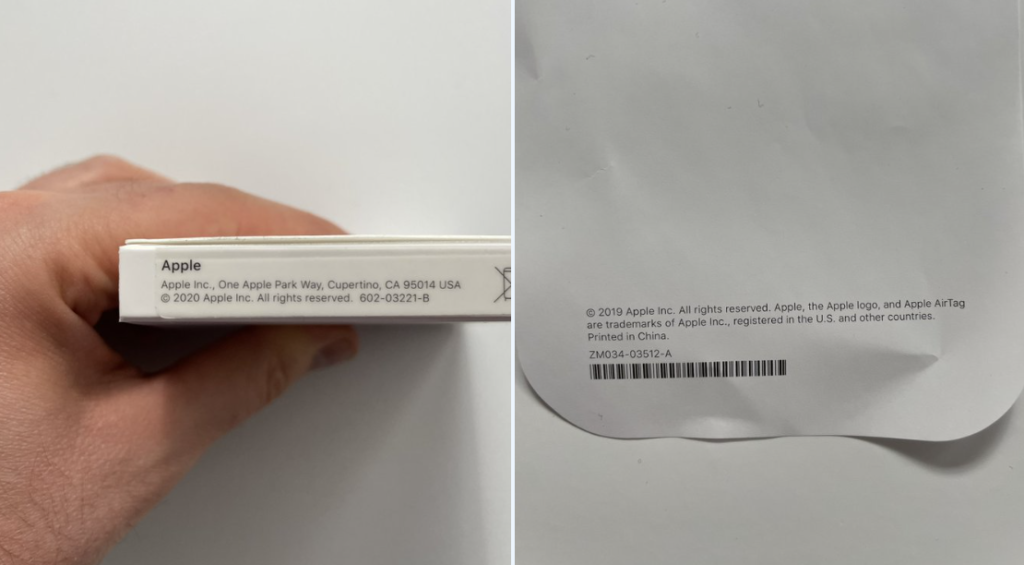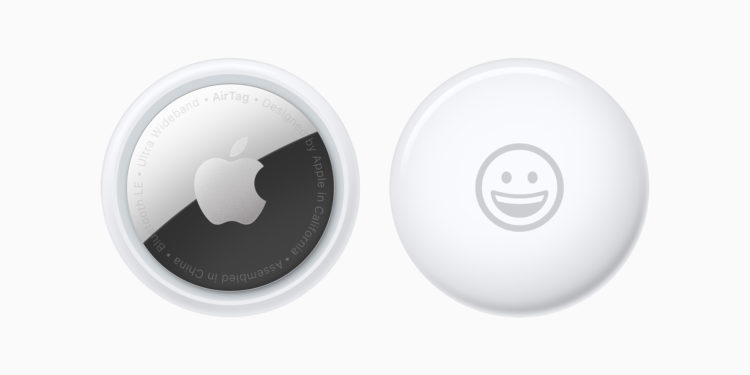AirTags were one of the most discussed Apple products of recent years until their official announcement earlier this month. The first reports about an Apple item tracker appeared in 2019. Since then, we have been regularly accompanied by reports on the topic.
Last week, FCC documents revealed that Apple began applying for regulatory approval and certification for AirTags in 2019, with testing taking place in the second half of the year. Now that AirTags have arrived with customers around the world, new evidence confirms that AirTags have been ready for launch for quite some time. Images of safety instructions included in the box for Apple's AirTag keychains, shared by Apple YouTuber ZONEofTECH on Twitter divided show that the year "2019" is listed for regulatory and trademark purposes. However, the AirTags packaging itself lists the year 2020. Both writings clearly indicate that Apple could have announced and shipped the AirTags as early as 2019. But why did Apple wait so long? The reason for this may remain a mystery forever - but there is a theory.

AirTags: Did Apple want to avoid anti-competitive accusations?
At the time, companies like Tile didn't really have a platform or network on Apple devices that would make their item trackers mainstream or particularly easy to use compared to an Apple-made accessory. That changed earlier this month when Apple announced it would open up the Find My network to third-party accessory makers. AirTag is built on the Find My network, which consists of more than a billion Apple devices that use encrypted signals to track the location of other Find My-compatible devices and items. By opening up the network to third-party makers before the launch of AirTags, Apple may have felt it would avoid scrutiny and anti-competitive accusations because its own item tracker on Apple devices would no longer have an advantage over those of other companies. (Image: Apple)





